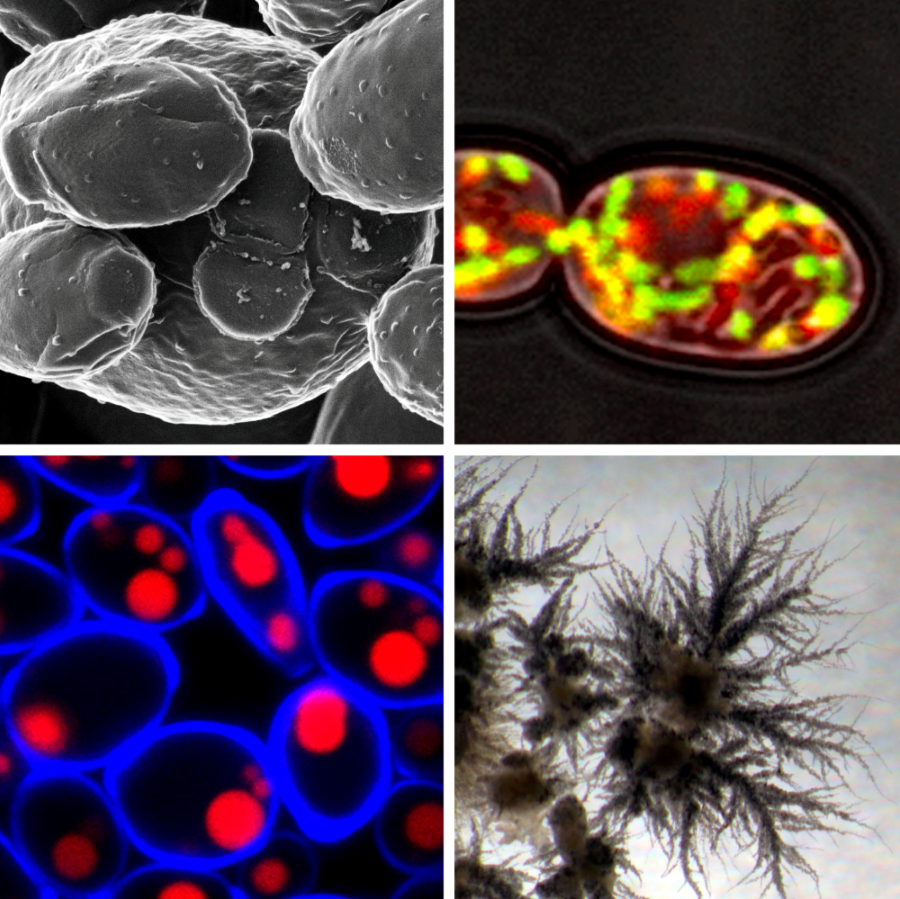
Yarrowia lipolytica is a non-conventional oleaginous
yeast capable of dimorphic growth and has been isolated from a wide
variety of substrates including soil, waste water, olives, cheese
and other dairy products, industrial oil processing facilities,
aviation fuel, livestock and human skin. Historically, Y.
lipolytica has been used as a model to study dimorphism,
mitochondrial complex I, peroxisome biogenesis, and lipid
metabolism. It is genetically tractable and a wide variety of
strains and genetic tools have been developed for its study. Y.
lipolytica is adept at utilizing and storing hydrophobic
substrates, such as lipids, and is enjoying a surge in research
directed at lipid production and metabolism. Strain FKP355 (matA;
leu2-270; ura3-302::URA3+; xpr2-332; axp-2; ku70::hph+) is a
non-homologous end-joining mutant derived by transformation of Po1g
(Madzak C, Treton B, and Blanchin-Roland S, J. Mol. Microbiol.
Biotechnol., 2000).
References:
Madzak C, Tréton B, Blanchin-Roland S. Strong hybrid
promoters and integrative expression/secretion vectors for
quasi-constitutive expression of heterologous proteins in the yeast
Yarrowia lipolytica. J Mol Microbiol Biotechnol. 2000
Apr;2(2):207-16.
Genome Reference(s)
Pomraning KR, Bredeweg EL, Kerkhoven EJ, Barry K, Haridas S, Hundley H, LaButti K, Lipzen A, Yan M, Magnuson JK, Simmons BA, Grigoriev IV, Nielsen J, Baker SE
Regulation of Yeast-to-Hyphae Transition in Yarrowia lipolytica.
mSphere. 2018 Dec 5;3(6):. doi: 10.1128/mSphere.00541-18
